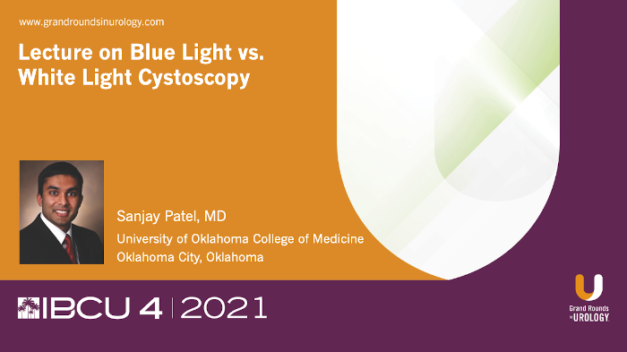Blue Light vs. White Light Cystoscopy for NMIBC
Sanjay G. Patel, MD, Assistant Professor of Urology at the University of Oklahoma in Oklahoma City, considers the benefits of blue light versus white light cystoscopy for non-muscle-invasive bladder cancer (NMIBC) imaging. He goes over the importance of good imaging in minimizing progression and recurrence, then looks at the evidence behind blue light cystoscopy, highlighting the improved rates of detection of Ta, T1, and CIS tumors compared to white light cystoscopy. Dr. Patel also notes that these improved rates of detection appear to translate to reduced rates of recurrence and progression as well as increased time to recurrence and progression. He concludes by looking at guideline recommendations on when to use blue light cystoscopy.
Read More




